The world's greatest works of art are made available to the public because they've been thoroughly preserved through time.
But, an unexpected system malfunction or human error has the potential to erode the integrity, or damage beyond repair, these often invaluable paintings. Art museums across the world are constantly striving towards uncovering new methods to quickly identify unsafe temperatures and limit ultraviolet (UV) light exposure. Thanks to new innovations in technology, that job is easier now more than ever before.
Stepping out from the unknown
Traditional monitors used to measure temperature fluctuations have an inherent fault; they're reactive by nature. Museum directors and other personnel have to manually check the readings periodically and offer little peace of mind or reliability.
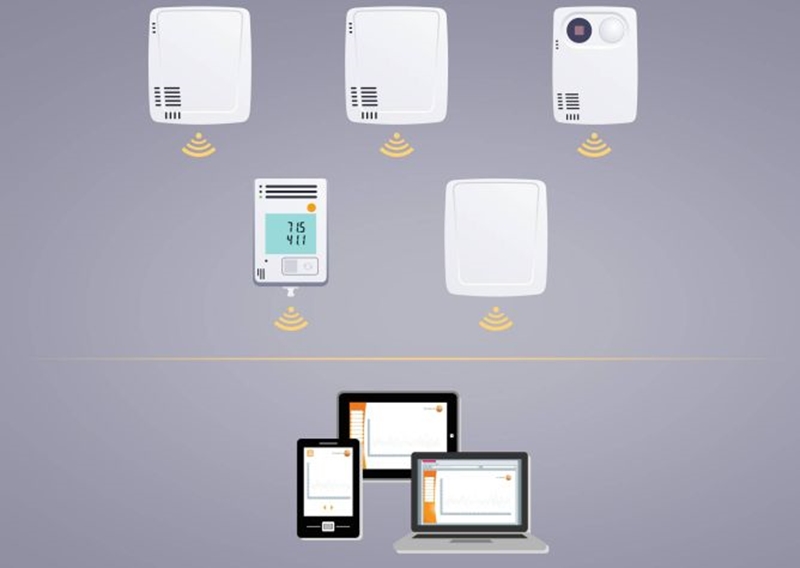
The testo 160 series fills a sought-after need; digital temperature monitoring that transmits data through Wi-Fi about fluctuations in humidity, as well as UV light exposure. The testo 160 THL, for example, replaces the need for employees to continuously check readings by regularly transmitting information about the climate through email, text or on the smartphone app. Should a condition change outside of the pre-determined parameters, staff members are instantly notified.
Whether it be transportation, storage or exhibition, these new digital temperature monitors are small and therefore easily placed wherever they may be needed. Furthermore, the covers of these tools are able to be painted over in an effort to preserve the visual integrity of the exhibit.
Shed the status quo
Apart from the revolutionary ability to transmit data quickly and directly to employees responsible for climate conditions, the testo 160 THE gives museums unparalleled monitoring flexibility as well. While the THL provides internal humidity and UV light readings, the THE improves upon that need by offering two external probe connections.
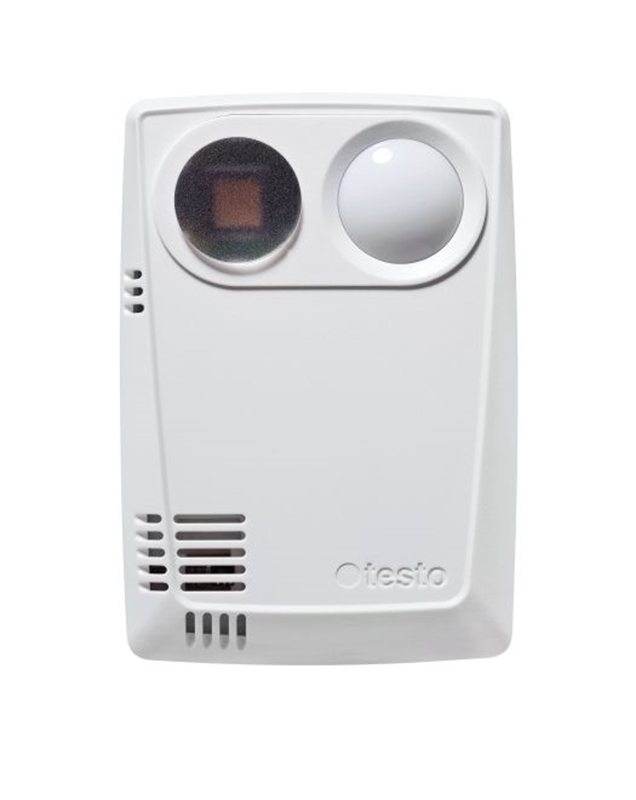
This type of adaptability is gaining traction across the industry because it affords the ability to monitor multiple locations in an effort to historically map changes in climate conditions, according to Museums Australia (Victoria). It's a strategy that has become crucial to preparing a layout to minimise damage from unpredictable events.
Museums have an important responsibility; preserve the most treasured works of art ever created. Slight, often unnoticeable fluctuations in temperature or UV light can have devastating effects. Now, those looking after the climates of stored and exhibited paintings have reliable, flexible and unobtrusive tools to ensure they're well protected. Contact a Testo representative today to learn more about the testo 160 series.



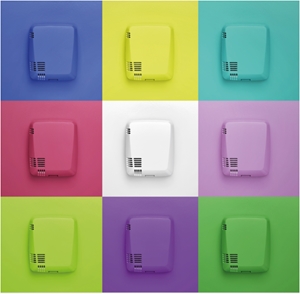
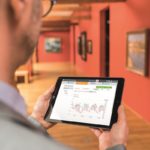

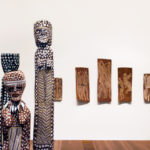
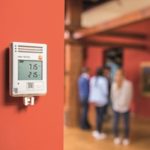

 Reduce cooking oil costs while ensuring quality
Reduce cooking oil costs while ensuring quality Expert knowledge on CO2 monitoring
Expert knowledge on CO2 monitoring Refrigeration knowledge - in 3 modules
Refrigeration knowledge - in 3 modules



